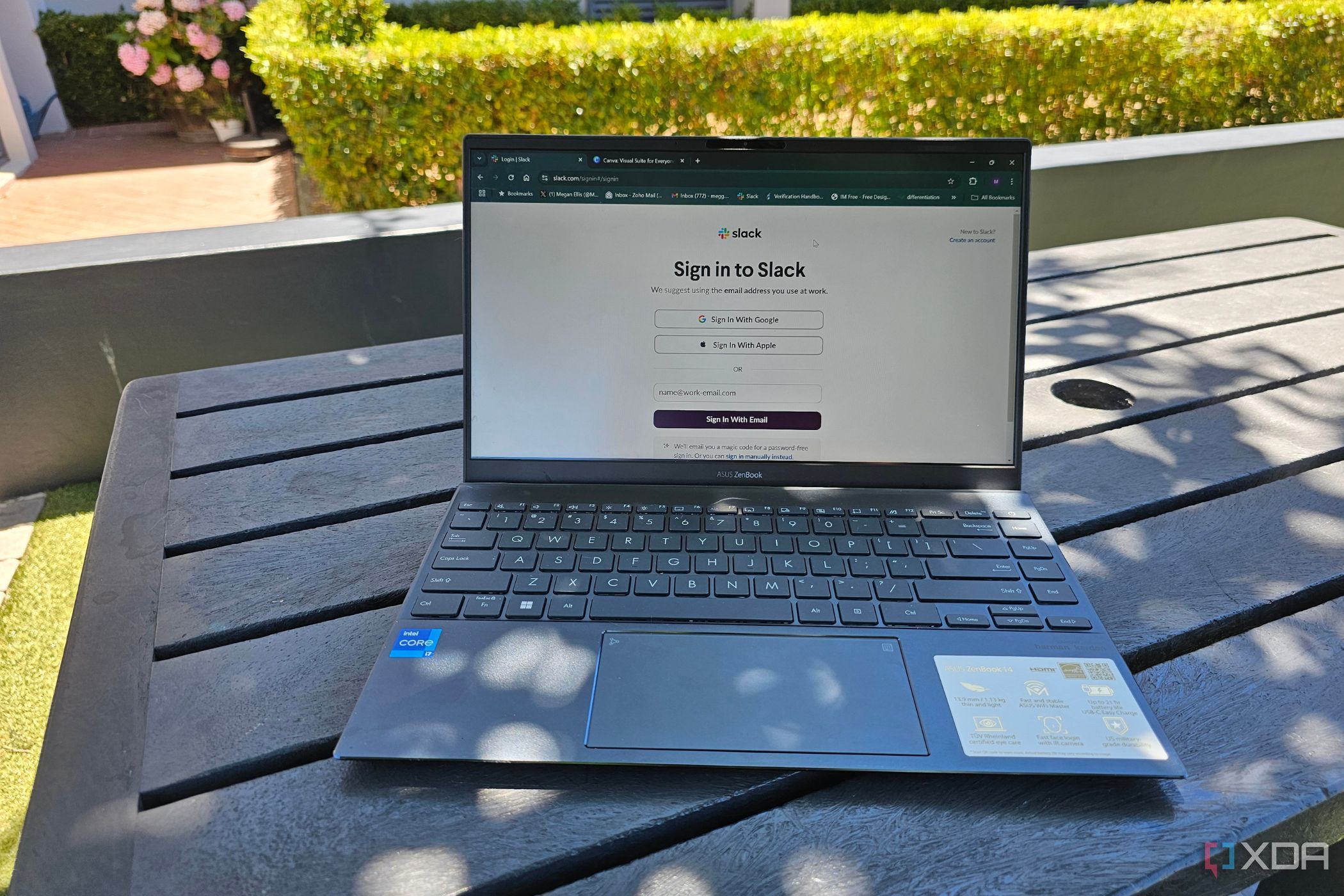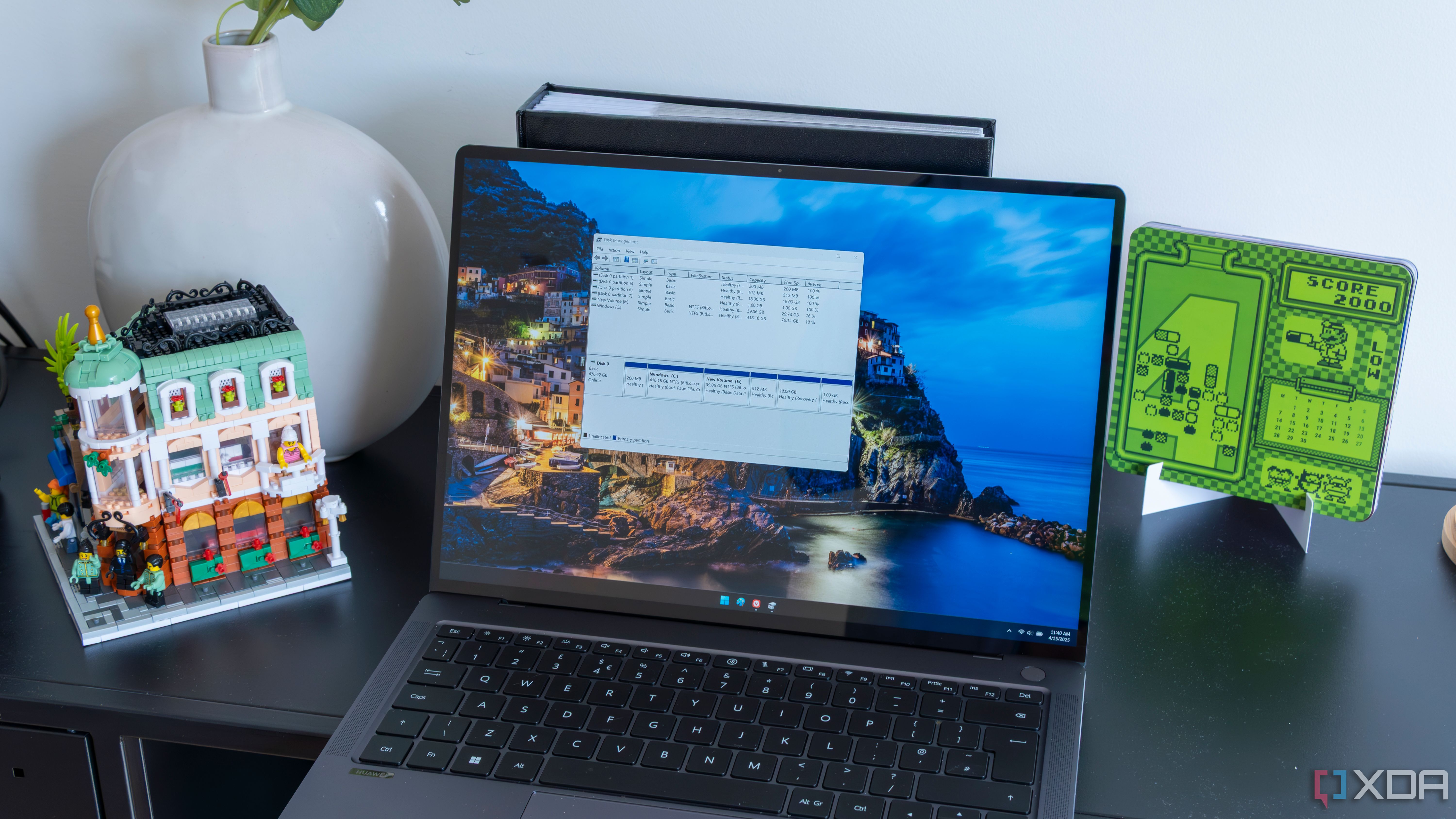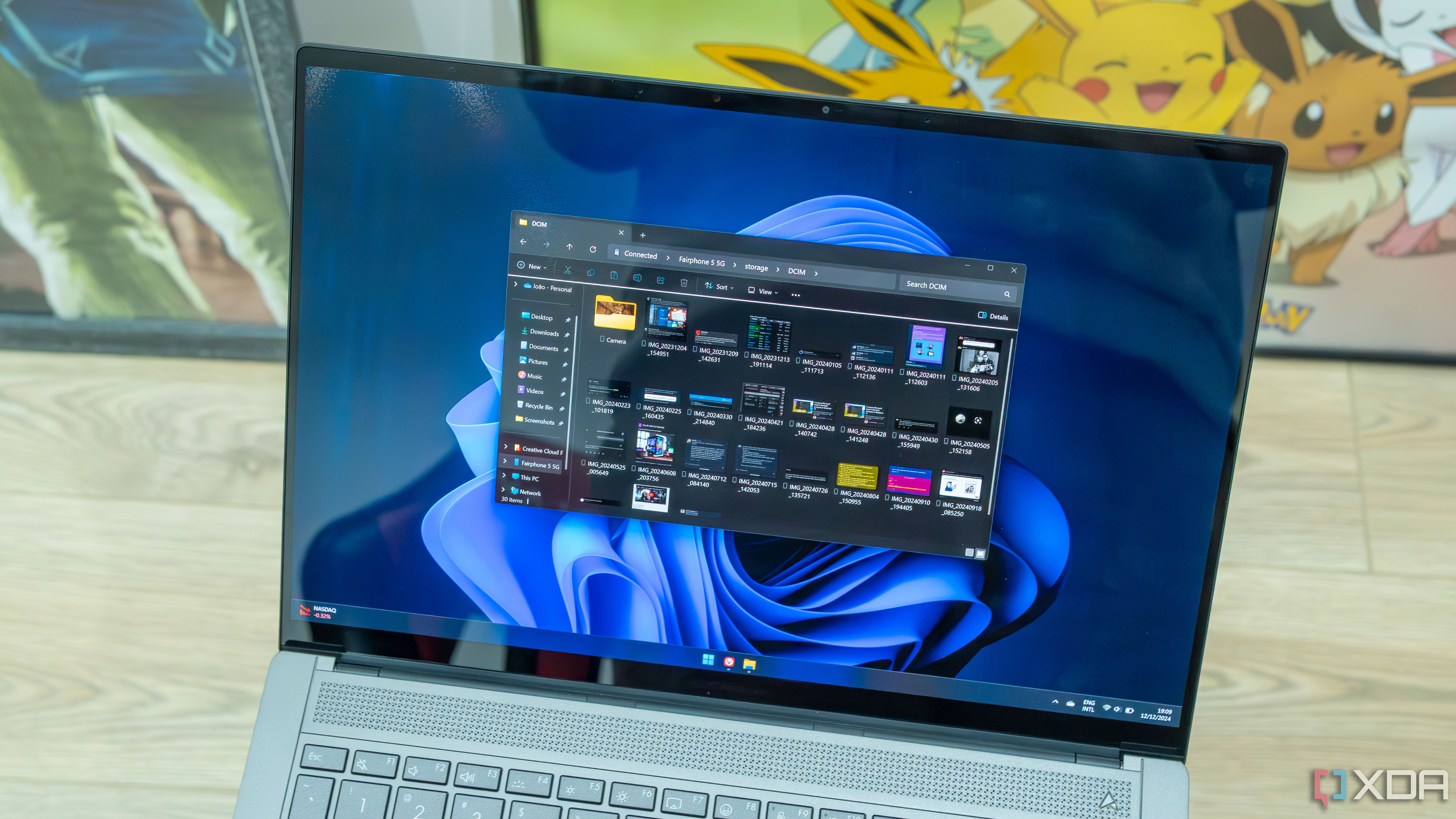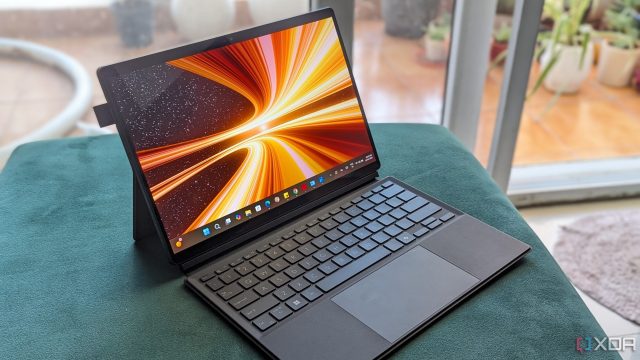Power consumption is relevant in any computer, and all operating systems give you an opportunity to control how much power your system uses. Whether you’re on a laptop or desktop, these settings can control every facet of your system and their power consumption.
Windows 10 and 11 will come stock with 3 different types of power plans: power-saver, balanced, and high performance, giving users a selection of options that will cover the bases. Windows also allows for users to create their own custom power plans, allowing for minute control of every aspect of the machine, but is it worth doing?

Related
5 Windows settings I should have disabled a long time ago (and how I did it)
These small Windows tweaks will make your system more responsive and increase privacy.
What can Windows power plans control?
Practically anything you can think of
Power plans on Windows cover the gamut in terms of your system, but are most useful for controlling things like screen brightness, device sleep timers, and CPU usage states. The default power plans do what they say on the tin: power saver will prioritize using less power over performance, high performance will forgo most power-saving measures, and balanced is a decent mix of the two.
Power-saver will likely be used a lot more by those on mobile machines like laptops to keep battery usage and thermals under control, while the high-performance power plan will be used by those on desktop units, where those factors are not as much of a concern.

Related
What does Microsoft’s new ReFS file system mean for Windows?
ReFS is coming… or is it?
Why would someone need a custom power plan?
Specific use cases may require something more granular
Custom power plans allow much finer control of the machine. For example, if you want to tweak the minimum and maximum processor state to maximize performance, but don’t want your OLED display to stay on after 2 minutes of inactivity, you can create a custom power plan to accommodate this. In these niche use cases, you can simply use the integrated advanced settings menus, but you can get much more granular by using the command line. Using powercfg, you can change settings that are hidden by the Control Panel, such as processor idle timers, throttle states, USB suspension timers, and more. You can get really granular with some of these settings, and it allows for almost full control of every aspect of your system and its power usage. If you’d like a full list of hidden settings, you can open a Command Prompt and enter “powercfg /QH”.

Related
I use these 5 File Explorer add-ons to make my life a lot easier on Windows 11
Some File Explorer add-ons can make a difference to improve your workflow on Windows 11. Here are the ones that work for me.
Do you need a custom power plan?
The answer is likely no. In the vast majority of applications, the default Windows power plans will cover your needs well enough, and even if you need to create your own power plan, the settings hidden from you won’t be of much use to the average user. There are tweaks that some users do to attempt to maximize frame rate and responsiveness in games, often at the expense of the longevity and stability of their hardware. Any custom power plan should largely be avoided unless you’re tailoring it to your own use case.













